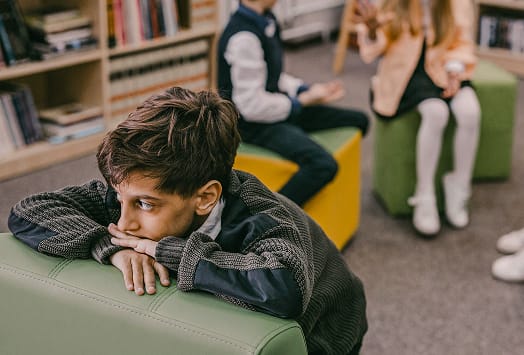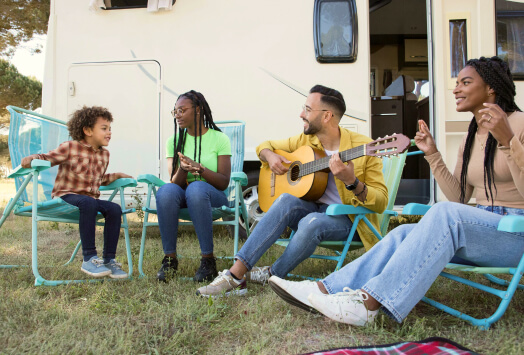As summer approaches, children rejoice at the thought of going to camp, spending time with family, and getting some time to relax. However, 2 months off from school can be frightening for parents to navigate. Of course, one of the many benefits of summer camp is that your child stays busy during the day.
Experts recommend balancing your child’s schedule between activities and free time over the summer and other school breaks so that they get time to unwind and practice independence. But, unstructured time can be scary for a parent! How can you ensure that your child puts down their screen and makes the most of their unstructured time this summer?
How to manage unstructured time for your child
Benefits of unstructured time for kids
Research done by the University of Colorado, Boulder and University of Denver tracked the activities done by seventy children over the course of a week. They classified structured time as activities like sports practice, homework, and music lessons. Unstructured time was considered playtime, socializing, reading, media use, and other times where children were “leading” the activity.
After tracking, children were given an assessment to understand their level of executive functioning (EF), which refers to their ability to “focus, think creatively, problem-solve, and show self-control.” Children with a high level of EF have been shown to do better in school and be more successful in life, generally.
The researchers found that children who spend more time in unstructured activities scored higher on their EF assessments. The reasoning? “Children make their own decisions about what to do, and work towards their own goals, rather than those set by someone else. Learning to think and problem-solve on their own like this is thought to help kids develop executive function.”

How to encourage unstructured play
Now that you know how unstructured play time can help your child develop their executive functioning skills, you might be wondering what to do in order to encourage this type of play at home and outside. The best thing to do is act like a Boy Scout and be prepared. Use these tips to help you encourage unstructured play for your family.
Take a step back
This might be the hardest recommendation for parents to follow. The difference between structured and unstructured time is that children are in charge during unstructured time. They learn responsibility, practice decision making, use their imagination, and gain opportunities to lead, even if it is just themselves. Therefore, if you are committed to giving your child unstructured time to play, you have to take a step back.
Get out of the house
In order to gain the benefits of unstructured time, children need to get out of their comfort zones. And one of the best ways to get out of their comfort zone is to get out of the house. Encourage outdoor play and let your child explore their natural surroundings. Bring them to a new playground, indoor play space, or children’s museum to let them explore and discover. While you will, of course, need to stay nearby to make sure they are safe, make sure that you remove yourself from their games and imaginative play.
Make it easy for them
If you want your child to play on their own, and not turn to a screen, then make it as easy as possible for them to do this. Create a free play box for them to access during unstructured time.
Here are some great items you can put in your free play box:
- Crafting supplies like paper, markers, yarn, toilet paper rolls, pieces of cardboard, googly eyes, glue, tissue paper, uncooked pasta, and more.
- Natural supplies like pinecones, pine needles, snowflake templates, dried flowers, pebbles, and more.
- Pretend play and dress up supplies like costumes, crowns, hats, stethoscopes, and more.
You can also buy toys that are specifically meant for children to use during unstructured time. Here are some that we recommend:
Note: toys with small pieces like LEGO can be choking hazards for young children. Make sure you are in the room and supervising your child, without participating, to ensure they are staying safe while playing.

The best way for children to grow is by mixing unstructured and structured time to create a balance. Over summer break, we recommend limiting screen time and focusing on enriching activities. If you are looking for online and in-person camps, check out what the hundreds of wonderful educators on Sawyer are offering.
















